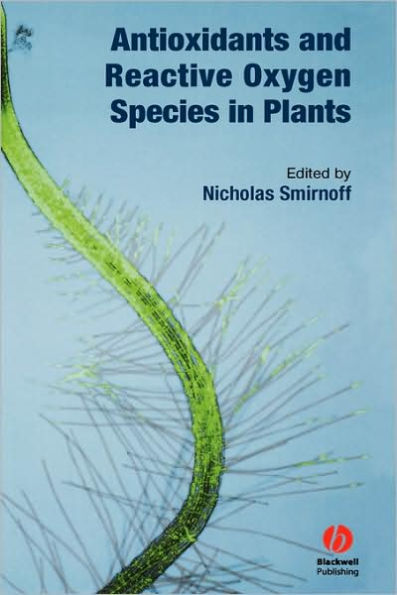5
1
9781405125291


Antioxidants and Reactive Oxygen Species in Plants / Edition 1 available in Hardcover

Antioxidants and Reactive Oxygen Species in Plants / Edition 1
- ISBN-10:
- 1405125292
- ISBN-13:
- 9781405125291
- Pub. Date:
- 08/26/2005
- Publisher:
- Wiley
277.95
In Stock

Product Details
| ISBN-13: | 9781405125291 |
|---|---|
| Publisher: | Wiley |
| Publication date: | 08/26/2005 |
| Series: | Biological Sciences Series , #17 |
| Pages: | 320 |
| Product dimensions: | 6.66(w) x 9.50(h) x 0.87(d) |
About the Author
What People are Saying About This
From the B&N Reads Blog
